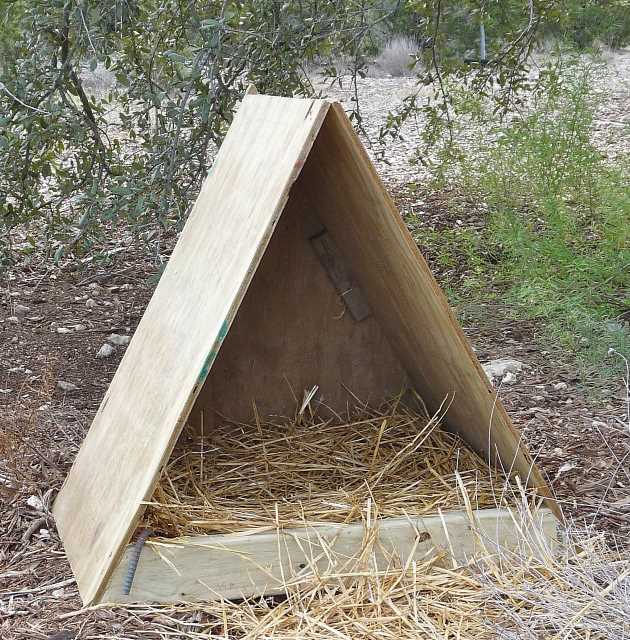 Hey there, nature enthusiasts! Are you ready to dive into the world of waterfowl nesting? If you’re passionate about ducks and want to contribute to their conservation, you’ve come to the right place. In this article, we’ll explore the importance of providing suitable nesting habitat for ducks and discover proven techniques for nesting success. So grab your tools and let’s get started on creating cozy nests for our feathery friends!
Hey there, nature enthusiasts! Are you ready to dive into the world of waterfowl nesting? If you’re passionate about ducks and want to contribute to their conservation, you’ve come to the right place. In this article, we’ll explore the importance of providing suitable nesting habitat for ducks and discover proven techniques for nesting success. So grab your tools and let’s get started on creating cozy nests for our feathery friends!
Understanding Duck Nesting Habits
Before we embark on our nest-building adventure, let’s take a moment to understand the fascinating nesting behavior of ducks. There are various duck species, each with its unique nesting habits. Some ducks prefer to nest on the ground, while others favor trees or floating platforms.
When it comes to choosing a nesting site, ducks consider several factors. They seek out locations that provide ample cover from predators, proximity to water for easy access, and suitable food sources nearby. Understanding these preferences will help us create ideal nesting conditions.
Assessing Suitable Nesting Locations
Now that we know what ducks look for in a nesting site, let’s explore how we can identify and assess suitable locations. If you’re a landowner or a conservationist, you have the opportunity to make a real difference in duck conservation by creating optimal nesting habitats.
Keep an eye out for wetland areas with diverse vegetation, as these provide excellent nesting opportunities. Pay attention to the water levels and make sure they remain consistent to avoid flooding or drying out the nests. It’s also essential to consider the proximity of the nesting site to suitable food sources to ensure the ducks have easy access to nourishment.

How to Build a Duck Nest: Step-by-Step Guide
Now, let’s roll up our sleeves and get into the nitty-gritty of building a duck nest. First things first, gather your materials and tools. You’ll need twigs, grasses, and other natural materials that ducks use in their nests. Make sure they are clean and free from any harmful substances.
Start by creating the foundation for the nest. Arrange a circular base with a shallow depression in the center. This will serve as a cozy space for the eggs. Next, carefully weave and layer the twigs and grasses to form the sides of the nest. Make sure it’s snug and secure, providing a safe haven for the eggs.
Enhancing Nesting Success
Ensuring nesting success goes beyond just building the nest. We need to consider predator-proofing techniques and provide cover and protection for our nesting ducks. To keep predators at bay, consider adding a wire mesh or predator guards around the base of the nest. This extra layer of security will give the eggs a better chance of hatching.
Additionally, enhancing the surrounding habitat is crucial. Planting native vegetation near the nest provides cover and food sources, creating a nurturing environment for the ducks. Maintaining proper water levels is equally important, as ducks prefer nesting areas with sufficient water depth. By creating these optimal conditions, we can increase the chances of successful nesting and hatching.

Monitoring and Maintenance
Once you’ve built your duck nest and created a suitable habitat, it’s essential to engage in regular monitoring and maintenance activities. Regular nest checks will allow you to assess the condition of the nest and ensure that everything is going smoothly. Keep an eye out for signs of disturbance or damage, and address any issues promptly.
During the monitoring process, it’s important to minimize disturbances to the nesting ducks. Be cautious and maintain a respectful distance to avoid causing unnecessary stress. Remember, our goal is to provide a safe and peaceful environment for them to thrive.
Conservation and Legal Considerations
As responsible nest builders, it’s crucial to be aware of the conservation and legal considerations surrounding duck nest construction. Familiarize yourself with local regulations and obtain any necessary permits before embarking on your nest-building endeavors. By adhering to these guidelines, you can ensure that your efforts contribute to the overall conservation of duck populations.
Furthermore, it’s essential to promote conservation efforts through responsible nest building. Educate others about the importance of nesting habitat enhancement and encourage them to join in creating optimal conditions for nesting ducks. Together, we can make a significant impact on the preservation of these remarkable birds.
Case Studies: Successful Duck Nesting Projects
Now let’s take a look at some inspiring real-life examples of successful duck nesting projects. These case studies provide valuable insights and lessons learned from actual initiatives. By studying these success stories, we can gain a deeper understanding of effective techniques and best practices for duck nest construction and management.
From the creation of artificial nesting structures to the restoration of wetland habitats, these projects showcase the power of human intervention in improving nesting success rates. Let these stories serve as inspiration as we continue our mission to create optimal nesting conditions for ducks.
Building a duck nest is not just about constructing a physical structure; it’s about providing a safe and nurturing environment for these beautiful creatures to raise their young. By understanding duck nesting behavior, assessing suitable nesting locations, and following proven techniques for nesting success, we can contribute to the conservation of waterfowl populations.
So, let’s take action and make a difference. Grab your tools, gather your materials, and start building those duck nests. Together, we can enhance nesting habitats, protect duck nests from predators, and improve nesting success rates. Join the movement and be a part of the wonderful journey of duck conservation!
Leave a Reply